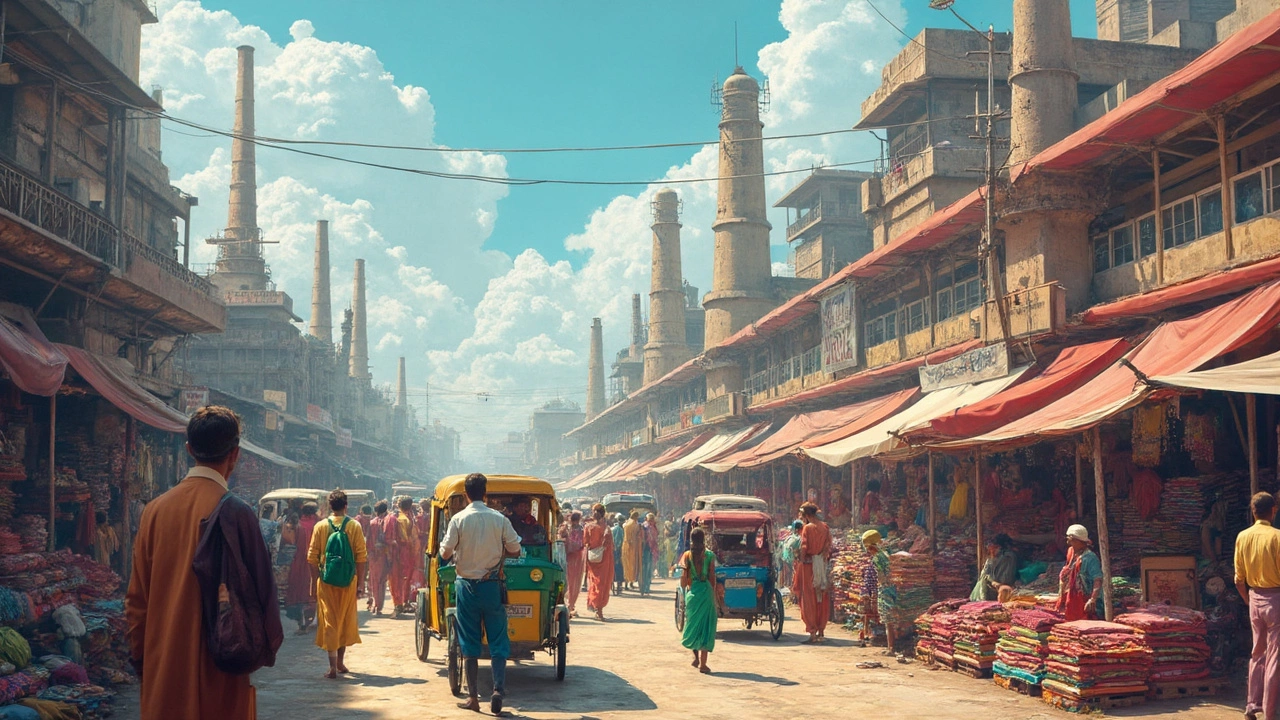Fabric Capital of India: Inside the Country's Biggest Textile Hub
If you’ve ever wondered where most of India’s fabrics are woven, printed or dyed, the answer is simple – Surat. This city on the western coast has turned cloth into a business, a culture and a global export story. In this guide we break down what makes Surat the fabric capital, why it matters to you, and how you can tap into its strengths.
Why Surat Leads the Textile Game
Surat’s rise started decades ago when merchants saw cheap cotton from nearby farms and a ready market in big‑city shoppers. Over time the city built a network of small workshops, medium‑size mills and huge manufacturing units. Today the supply chain runs like a well‑tuned machine – raw yarn arrives by rail, gets spun, dyed, printed and shipped within days.
Three things set Surat apart. First, the sheer volume: the city produces millions of meters of fabric every month, covering everything from plain cotton to high‑end silk blends. Second, the skill factor – generations of weavers have refined techniques that keep quality high without breaking the bank. Third, the infrastructure – modern power plants, dedicated logistics parks and a bustling port give exporters a smooth path to overseas markets.
What It Means for Manufacturers and Buyers
For manufacturers, Surat offers a one‑stop shop. Need a custom print? Walk into a local unit and get a sample in a week. Looking for large‑scale production? The city’s contract manufacturers can handle orders of thousands of meters while keeping costs competitive. Because the ecosystem is so tight, you can move quickly from design to delivery, which is a huge advantage in fast‑moving fashion cycles.
Buyers also win. With dozens of verified suppliers in one place, you can compare prices, quality certifications and lead times side by side. Many factories offer flexible payment terms and freight options, making it easier for small importers to place their first order. Plus, because Surat’s traders are used to dealing with international buyers, you’ll find clear communication in English and transparent documentation.
If you’re thinking about sourcing fabric, start by identifying the type of material you need – cotton, polyester, blended fabrics or specialty silks. Then reach out to a few Surat suppliers, ask for swatch samples, and check their export history. A quick video call can reveal whether the factory has the capacity to meet your timelines.
Beyond raw fabric, Surat’s ecosystem includes accessories like buttons, zippers and embroidery services. This means you can bundle multiple components into a single order, cut down on shipping costs and simplify quality checks. Many local businesses even offer design assistance, turning a simple idea into a market‑ready product.
In short, the fabric capital of India isn’t just a nickname – it’s a proven advantage for anyone who wants reliable, affordable and scalable textile solutions. Whether you’re a budding fashion brand, a large retailer, or an export‑focused entrepreneur, Surat’s network can give you the edge you need.

Fabric Capital of India: Where the Thread Leads the Way
Wondering which city wears the crown as India's fabric capital? This article cuts straight to the chase and unpacks why Surat stands tall in the world of textiles. You'll discover its massive influence on India's fabric production, what makes it the go-to spot for manufacturers, and how it keeps evolving with the times. Dive in for facts, quick tips, and the kind of info that'll come in handy if you're eyeing this buzzing textile hub. Plain talk, no fluff.
Read More